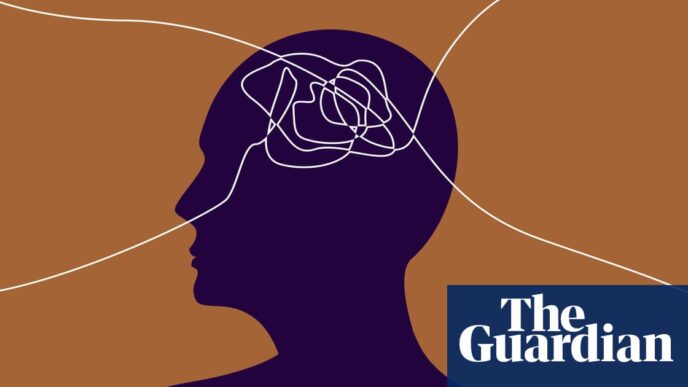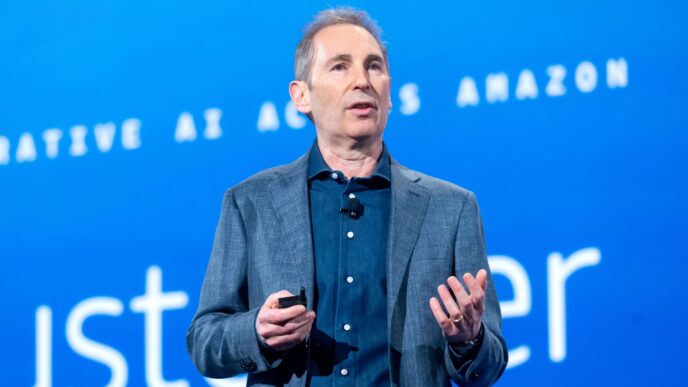Marketer tests AI-driven “vibe coding” to build landing page fast
A marketing pro tried using AI to handle research, copywriting, and layout all at once for a client’s AI services landing page. The goal: go from zero to rough draft in hours, skipping days of design and decision fatigue.
She started with Claude to generate a positioning framework based on client copy, audience personas, and competitor intel. The framework wasn’t perfect but useful after some back-and-forth.
Next came ChatGPT for headlines, subheads, and CTAs. It churned out formal or AI-hype-heavy text at first but improved with prompt tweaks. After a few rounds, ChatGPT matched the brand voice and nailed CTAs that usually trip her up.
The big test: vibe coding the page layout with Lovable, a tool that generates HTML from natural language prompts. She fed it a detailed prompt crafted by ChatGPT, asking for a clean, modern SaaS landing page vibe with clear hierarchy and mobile responsiveness. The result wasn’t production-ready but close enough to feel like a real page.
Layout bugs popped up—like a CTA disappearing off-screen. AI debugging failed, so a developer friend fixed it in five minutes. The takeaway: AI speeds the start but can’t handle messy problems.
Delivering the draft page URL wowed the client, cutting rounds of copy and layout revisions. The AI-driven process got her about 70% of the way there, leaving the final 30% to human polish.
She advises marketers to set clear expectations with AI, lead with copy, describe vibe—not just structure—for layouts, and know when to stop tweaking and publish.
This approach saved time, boosted momentum, and helped her focus on strategy over scaffolding. AI “vibe coding” is no magic wand, but it’s a powerful new tool in the marketer’s toolbox.
The Lovable prompt ChatGPT created included:
“Create a warm, intelligent and confidence-inspiring landing page for
AI consulting services. The audience includes VP-level leads and senior leaders who are grappling with AI integration challenges in complex enterprises. The goal is to move them from curiosity or scattered pilots into structured, strategic engagement with as their trusted AI advisor.” “The tone should be:
Human-centered, practical, not overly techy.
Reflective of deep expertise without arrogance.
- Lightly authoritative, with empathy for leaders navigating uncertainty.”
“The page should include:
Headline: Captures urgency + reassurance (e.g., ‘AI Won’t Wait’)
Subhead: Describes company’s role as trusted guide (e.g., ‘From scattered pilots to strategy without the chaos.’)
Primary CTA: ‘CTA’ or ‘CTA’ (gated)
Self-segmentation section: A visual journey selector each linking to appropriate offers
Offer highlight tiles: Small, accessible next steps like
Social proof and trust signals: One short client quote and/or stat from a relevant enterprise
Thought leadership carousel: Link to webinar recording, ebook and short video series
About the Model: Brief summary with visual
- Closing CTA options:
‘Talk to an Advisor’
‘Book a Custom AI Strategy Session’
- ‘Get Your AI Roadmap’”
“The layout should be clean and scrollable, with clear hierarchy, bold section headings and icons or light animations to encourage interaction. Use brand colors: #015b99, #6ec1e4, #e3c269, #d4d4d4. Prioritize mobile responsiveness and emotional resonance over complexity.”
The marketer summed it up:
“AI sped up my creative process and allowed me to think more about strategy and less about scaffolding. It created a landing page that facilitated richer conversations and helped me move from zero to something. As a marketer, I have a powerful new tool to bring my visions to life.”
Marketers eyeing vibe coding should lead with strong content, use vibe-based layout prompts, upload reference pages, and recognize AI’s limits to avoid wasted effort.














